After what to plant cucumbers?
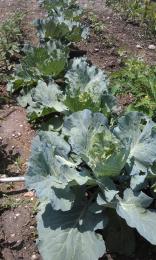
Gardeners and gardeners, even with very little experience in gardening, have heard that it is impossible to grow the same crop in the same beds for years. After all, the soil tends to “get tired” of a certain group of plants; any pests and diseases characteristic of a particular fruit crop can accumulate in it. Therefore, you should take a responsible approach to the issue of crop rotation at your summer cottage, because all gardeners want to get healthy plants and rich harvests.
Content:
It is known that there is a pattern of alternating the cultivation of different plants in the same place so that the soil does not get tired. Today we’ll talk about how to plant cucumbers to get a good harvest.
About changing cultures
Almost all crops can be grown in one place for about 3-4 years, then a group of plants should be replaced with another. For cucumbers ideal predecessors are early white cabbage or cauliflower. Cucumbers demonstrate good fruiting performance when planted in former growing areas of potatoes, peas, beets and tomatoes.
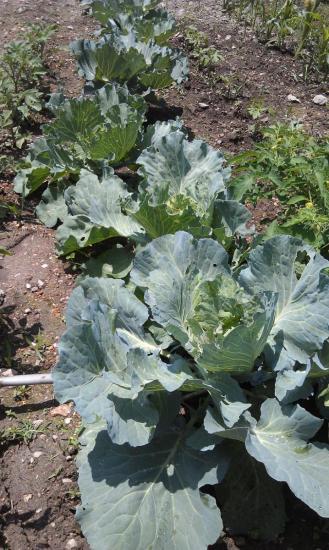
Although disputes over the proximity of tomatoes and cucumbers have been going on among gardeners for many years: some express the opinion that this is an ideal combination of crops, others talk about their complete incompatibility. Each summer resident will have to resolve this dilemma from his own experience.
Most likely, the crops do not conflict at the allelopathic level (they do not affect development with their root and leaf secretions), they only require different watering regimes - cucumbers are more moisture-loving than tomatoes.
About soil and mulch
For 3-4 years, without changing location, cucumbers can grow in “hot beds”. To do this, a trench 70 cm deep is dug. Branches, shavings, and rough waste are poured into it. Then the layer of removed soil is returned. The bed is lined on all sides with a border 15 to 40 cm high. The border can be wooden or brick, where holes must be provided to drain excess moisture.
The top of the soil is thickly covered with mature compost (depending on the height of the border) with a layer of 15 cm or higher. Landing cucumber seedlings It is better to produce directly in peat cups so as not to disturb the root system. Cucumber plantings are compacted by sowing dill and legumes. Cowpeas, beans, peas, bush and climbing beans will be good here. We will dwell on the benefits of compacted plantings a little lower.

During the flowering period, it is better to stop watering for about a week, but this is only possible if there is a sufficiently high layer of mulch - more than 5 cm. By evening, the cucumbers' leaves will hang like a spaniel's ears, but the soil will not dry out, since the mulch will retain moisture and there will be more ovaries.
In addition to preserving moisture with the help of straw and grass mulch, another interesting way to mitigate the effects of sunlight on cucumbers is to install a trellis like a hut. This way the bushes will leave their leaves outside and lower the fruits into the shade, away from the sun. Mulch and a sloped trellis are great techniques to prevent sun bitterness.
During the fruiting period, be sure to feed the cucumbers, otherwise you will lose a significant part of the harvest.Herbal tinctures and “garden teas” made from cow and chicken manure are a must! You can read about mineral supplements for cucumbers Here.
About satellites
It is also worth paying attention to the crops adjacent to cucumbers, which will increase the yield of both. Excellent companions for cucumbers: legumes (especially different types of beans), celery, dill, various salads, onions, garlic, fennel, spinach. A magnificent symbiosis can be observed in cucumbers and corn.
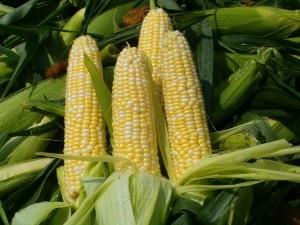
It is believed that dill prolongs the fruiting of cucumbers. Garlic protects them from bacteriosis. Root secretions from lettuce and spinach stimulate the development of cucumber roots and perfectly protect the soil from overheating. Let us just remember about legumes that nitrogen accumulates in them, so do not dig up their roots after harvesting, just cut them off. Radish will protect cucumbers from spider mites. And corn perfectly protects plantings from the winds.
On a note
Many summer residents often think that there is “acid” rain in June, and that is why cucumber plantings burn out. It has been noticed that under any kind of cover the foliage does not burn. I hasten to tell you that when it rains, cucumbers suffer from the rapid development of a parasitic peronospora fungus.
Therefore, it would be good to make canopies over cucumber plantings, or plant seedlings at three times. This is how you will outwit such an unpleasant attack.
It has been noticed that more ovaries appear on shoots of the third order. Therefore, to increase the number of female flowers, bushes are formed by pinching and branches are achieved from the side branches of the stem.
Now that you know how to plant cucumbers, I hope you will correctly distribute vegetable and berry crops in your garden! After all, in general, cucumbers are a peaceful crop, they grow after many vegetables, except for their pumpkin relatives, and they also “don’t mind” many neighbors.

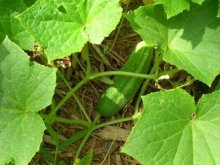
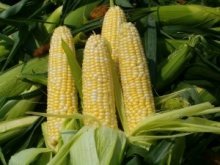
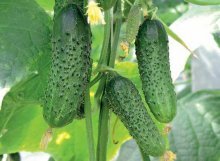

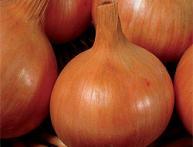
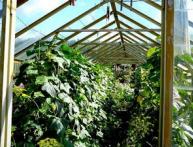
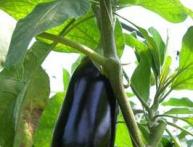
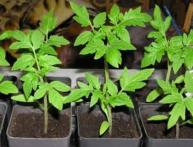
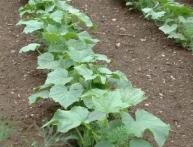
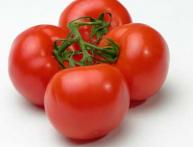
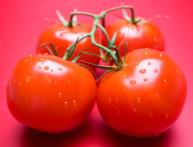
Comments
Thank you for the article! And I never stop watering during flowering. But now I will know that it is better not to do this. And it’s good if corn grows nearby, that’s for sure! We also always try to plant them nearby.
And we have two small greenhouses, one with tomatoes, the other with cucumbers. We just swap them every other year. Of course, this is not enough, but still. And we usually plant cucumbers for open ground somewhere on the edge of the potatoes.
Cucumbers are very easy to care for, the main thing is to water well and regularly. It is best to plant cucumbers after cabbage or near corn, then the yield will be higher and there will be room to grow.